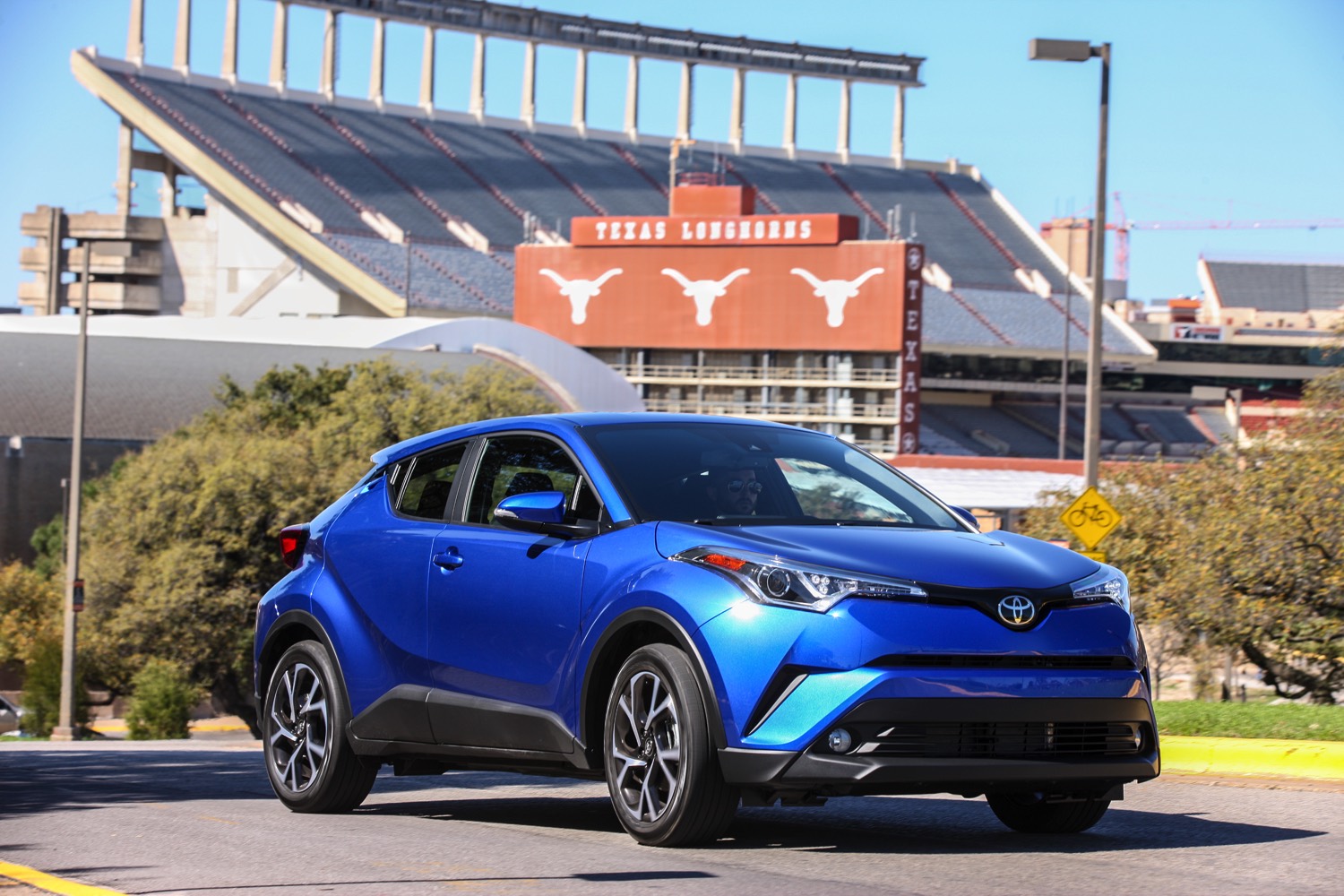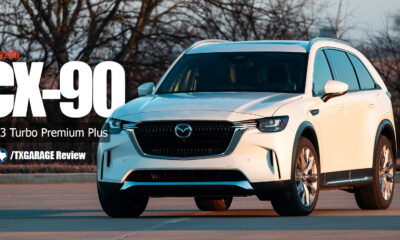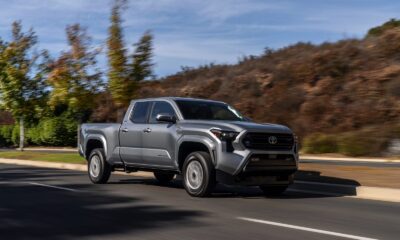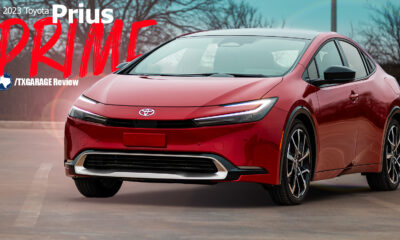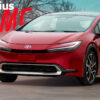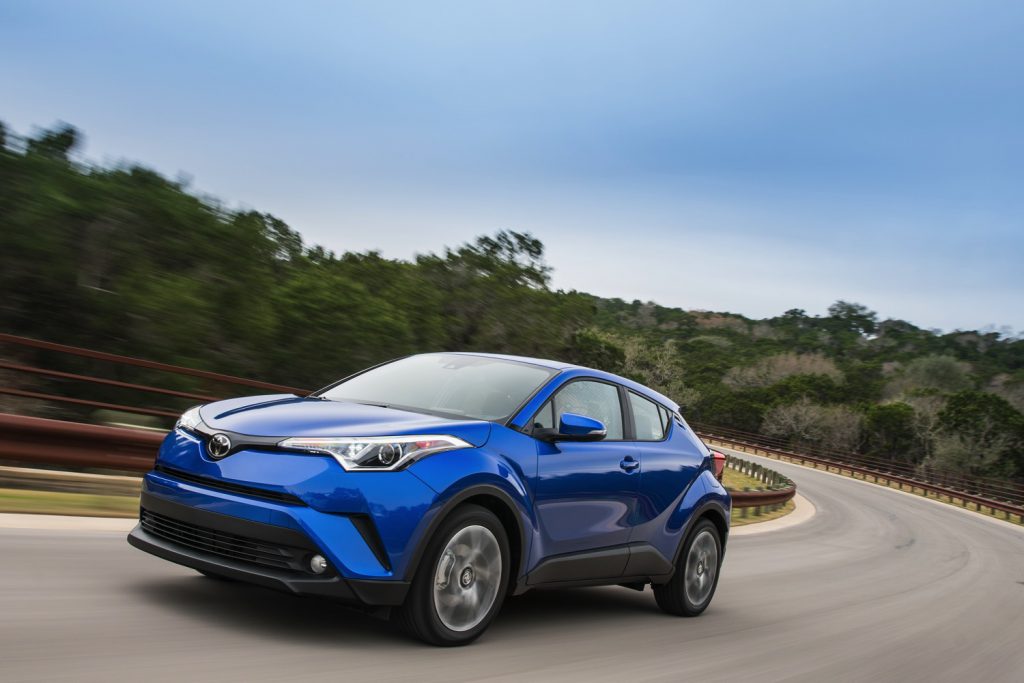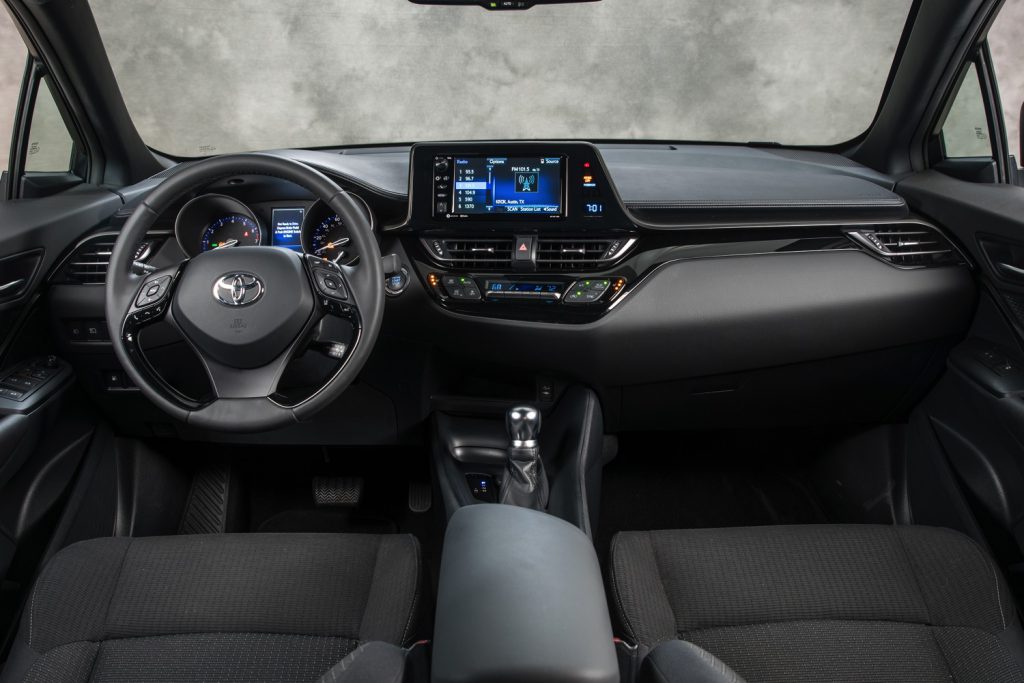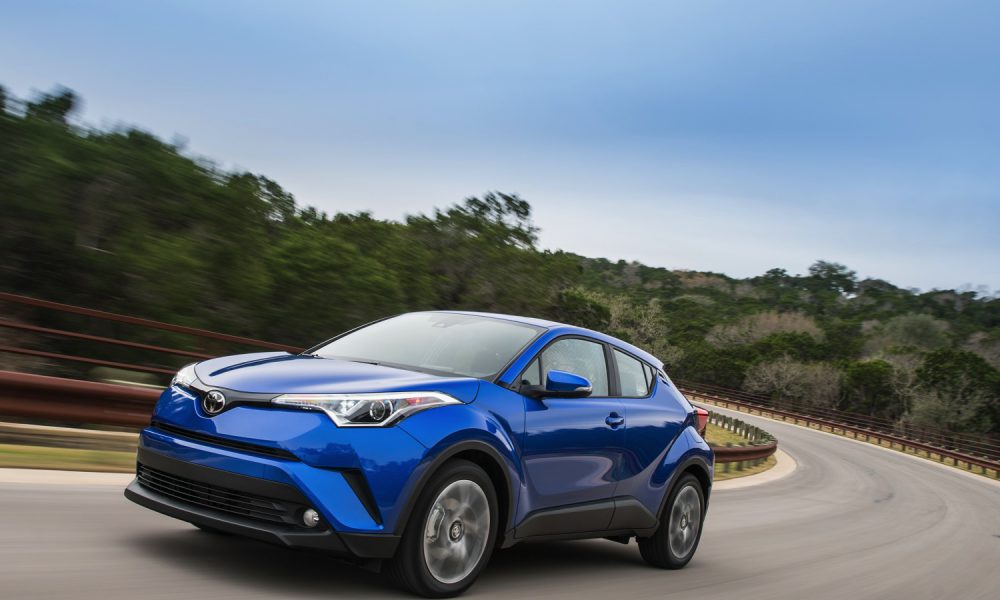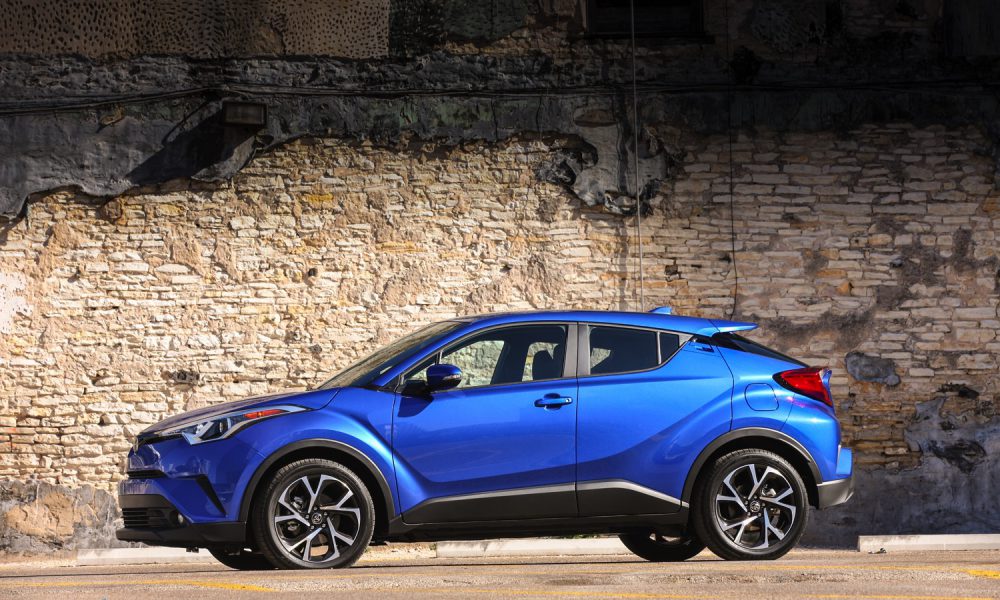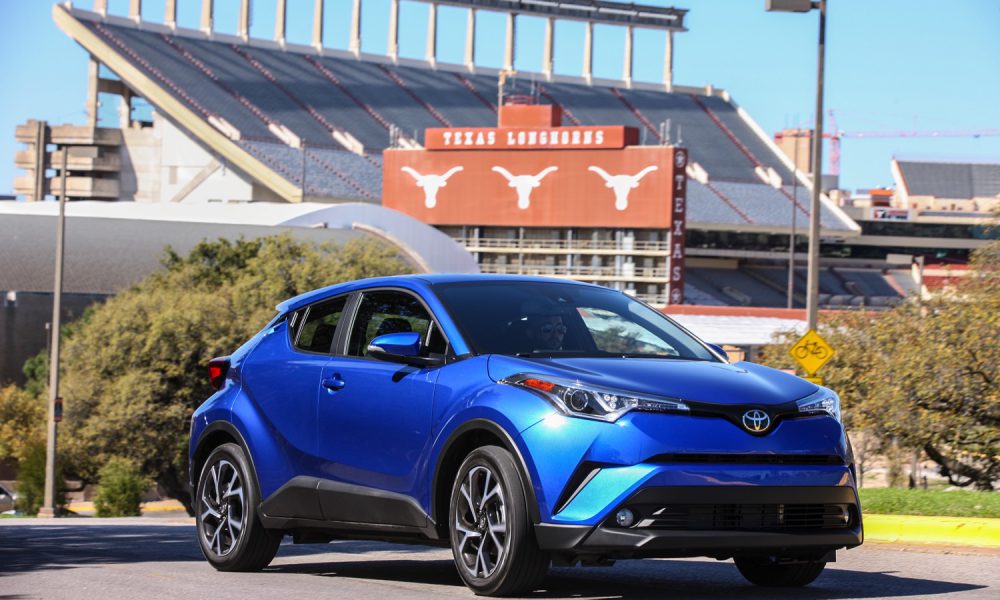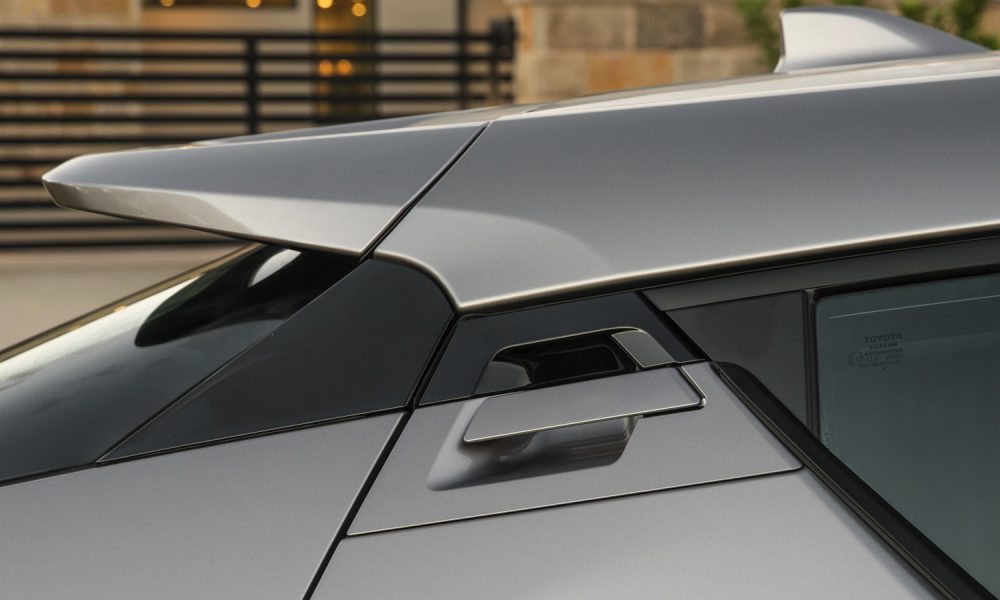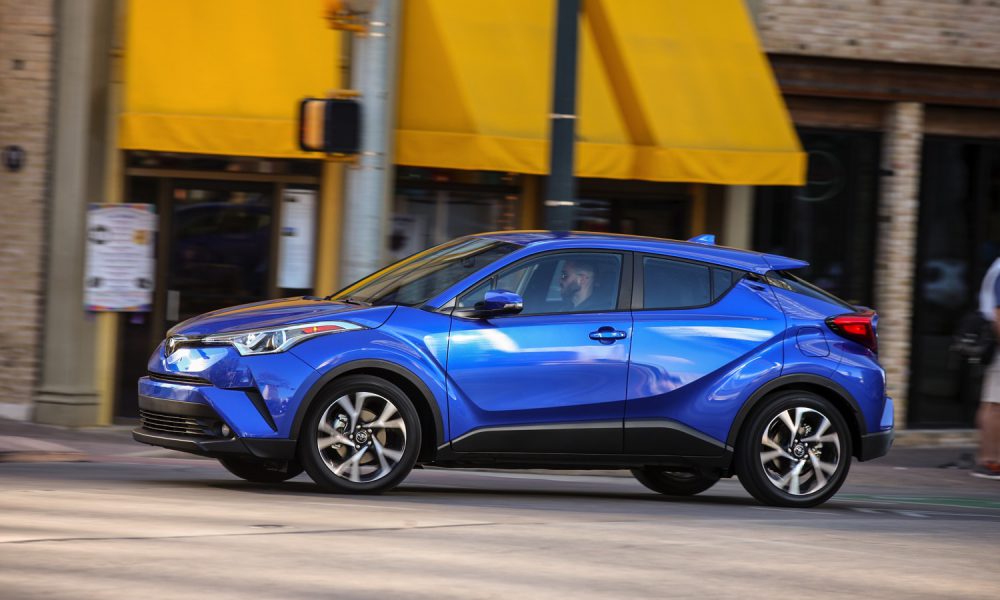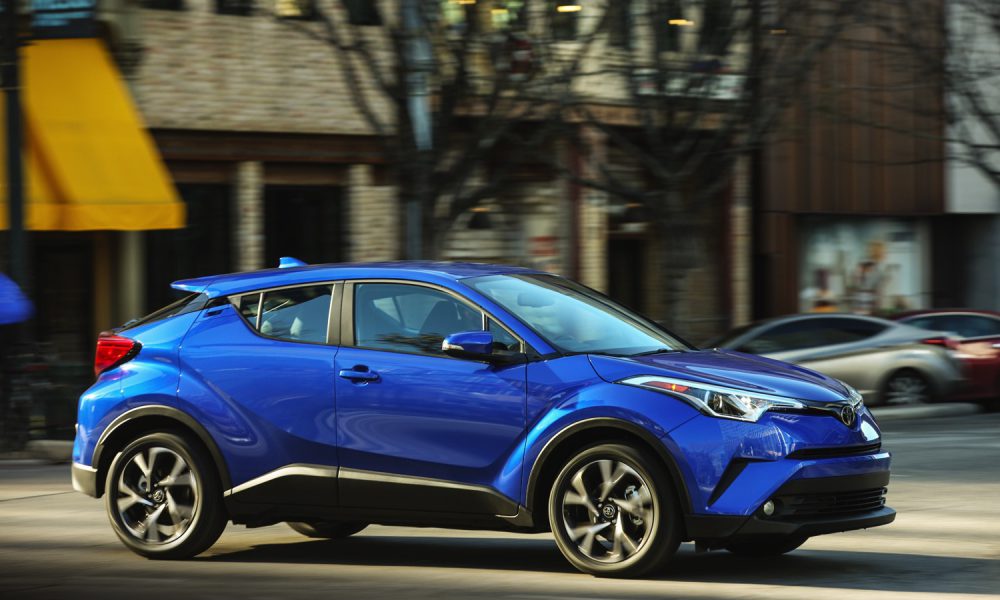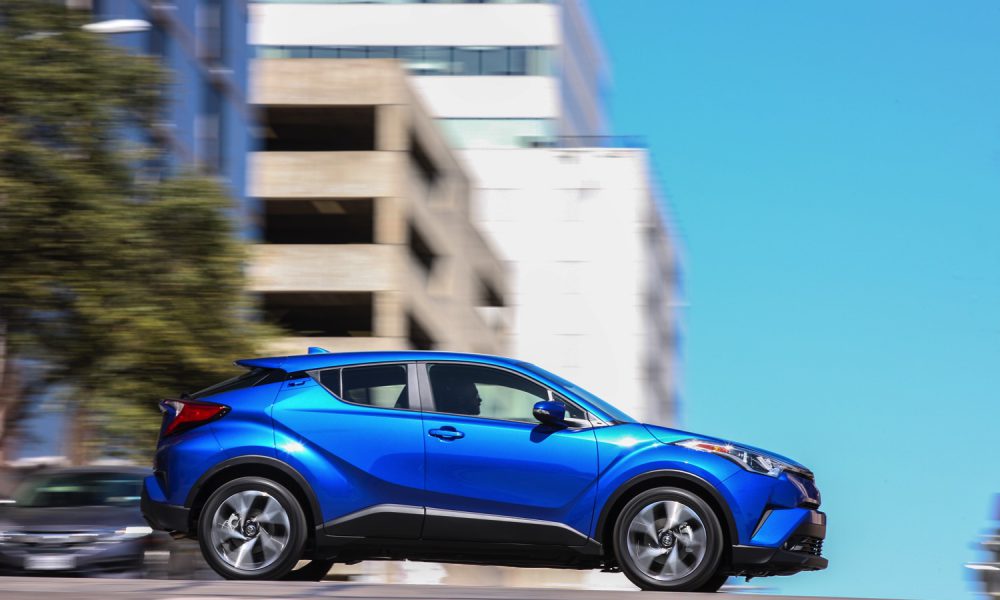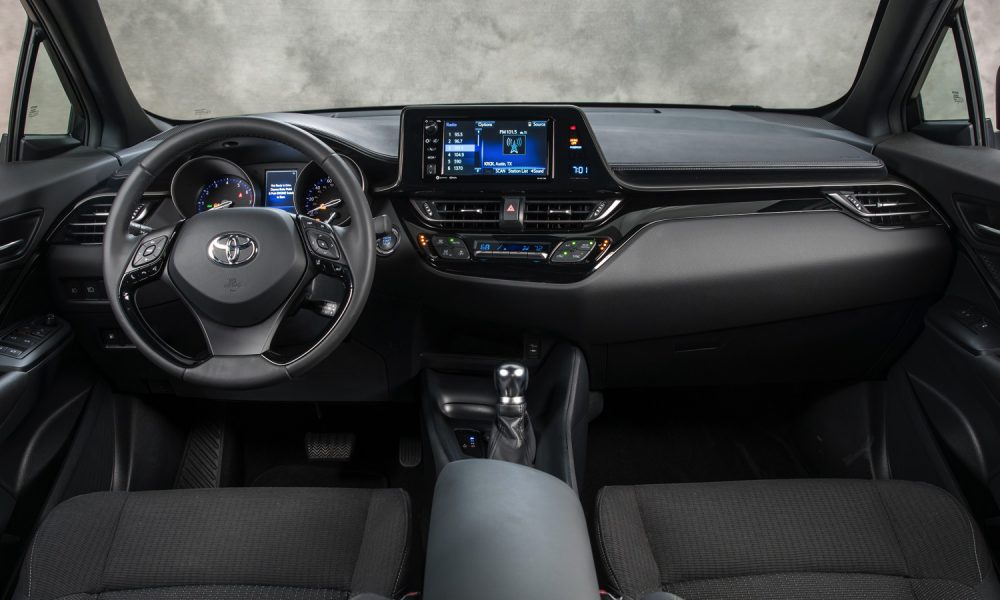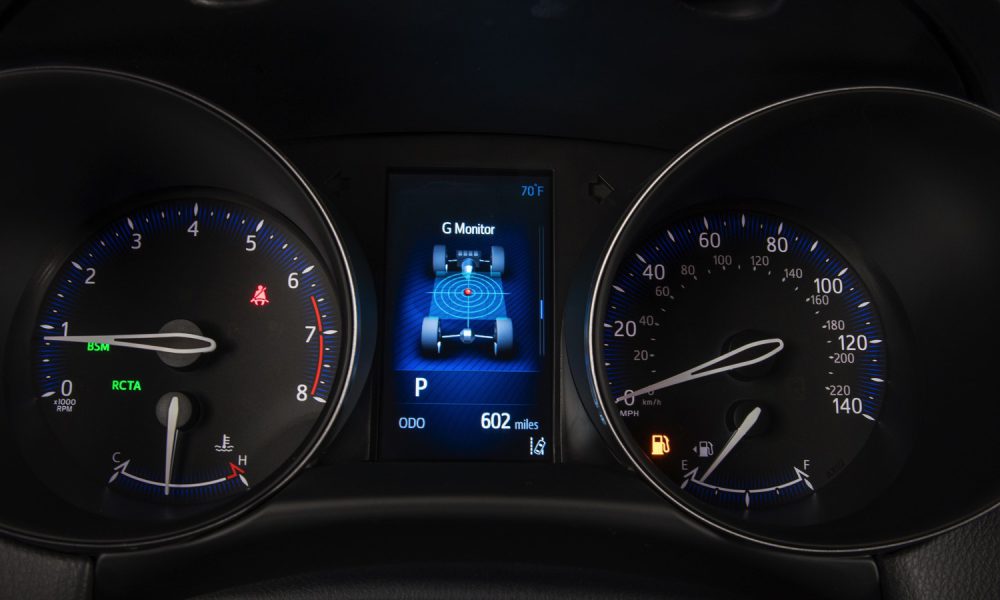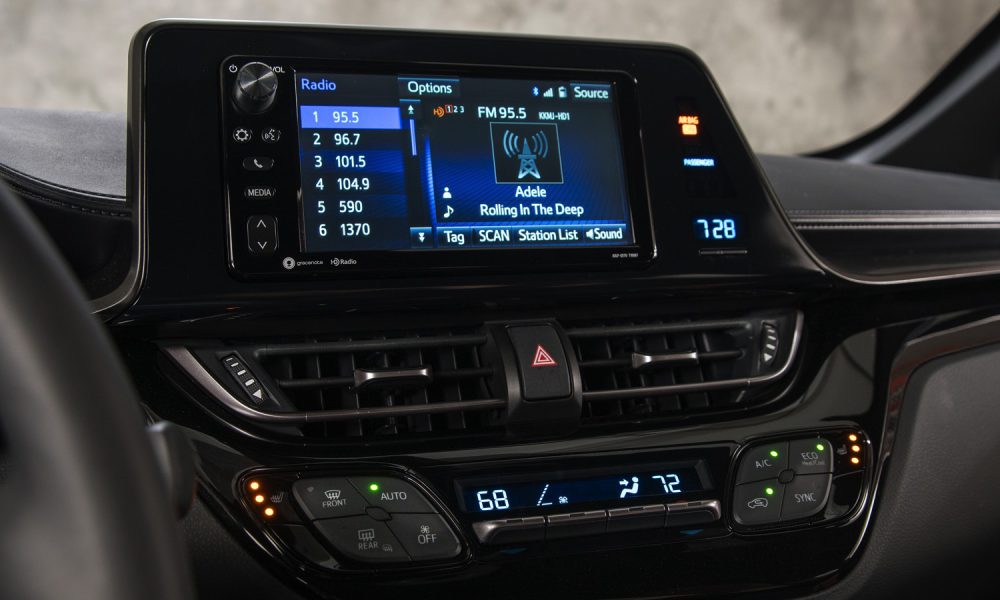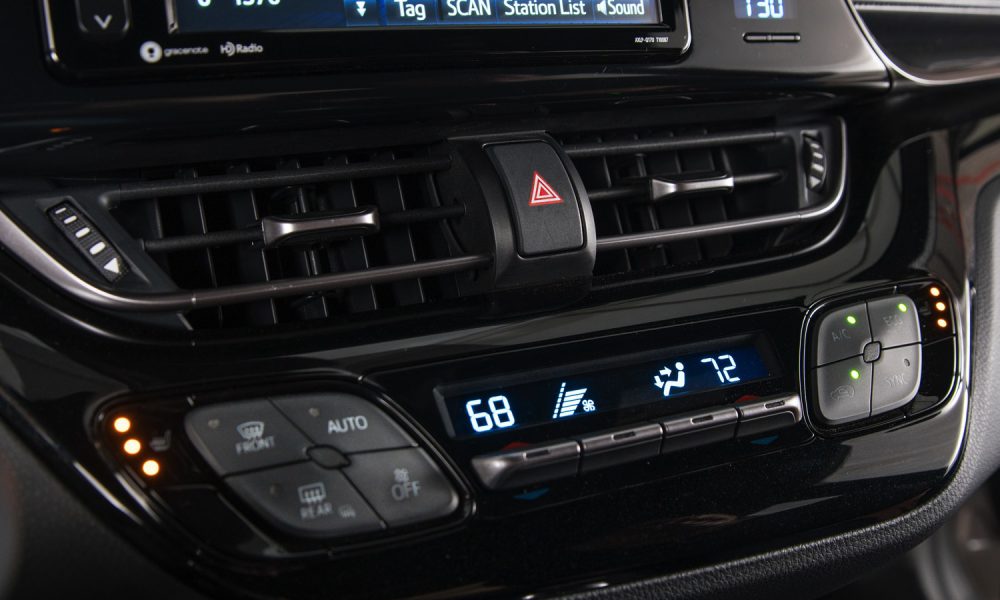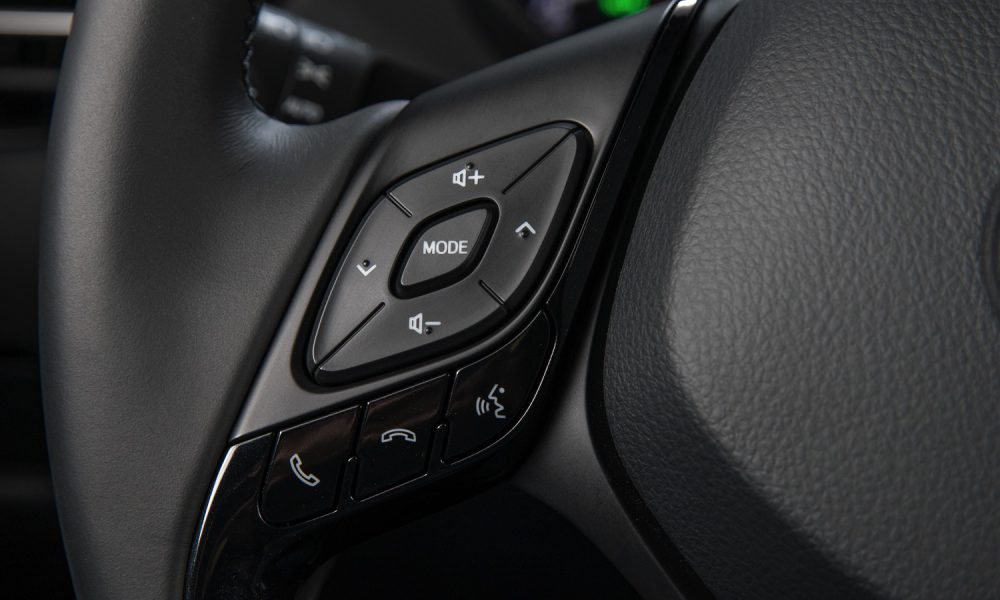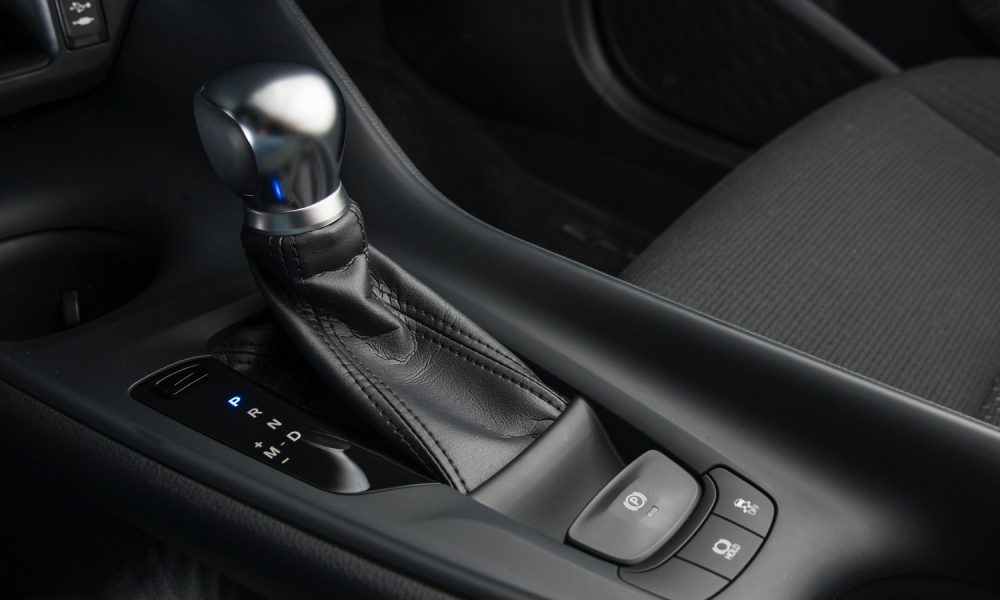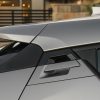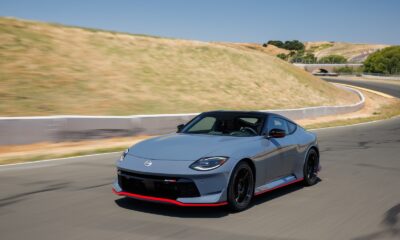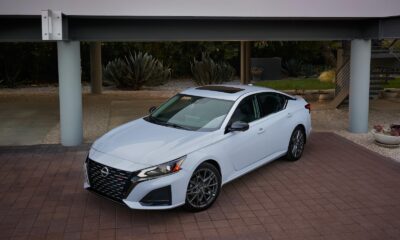Car Reviews
Toyota’s C-HR Crossover: Urban Renewal
In a compact crossover segment seemingly enjoying one new entry per week, Toyota moves to shake things up with its ‘first-ever’ C-HR, representing – per the press blurb – a ‘leap forward in design and innovation’. Forgive us for thinking it was just another compact crossover…
You can’t fault the design team for injecting some love-it-or-hate-it expressiveness into what can often seem a somewhat bland segment. And while reaction to sheetmetal is largely subjective, and this 60-something doesn’t – by any stretch – represent Toyota’s target demographic here, I’ve been moderately impressed by the C-HR when seeing it on the street. Within a reasonably sized footprint and low overall height it doesn’t polarize like Nissan’s Juke – which we like – but neither does it seem overly non-descript like Honda’s HR-V, which we also like.
Its marketing, however, leaves me – how can I politely put this? – detached. In a press release exhaustively detailing the ‘fully integrated (marketing) campaign’, Toyota’s Ed Laukes, the carmaker’s group vice president for marketing, notes that “one of our main objectives was to spark interest and enthusiasm in a creative campaign equally as captivating as the vehicle itself.” Really. In my admittedly restricted view, the main appeal of a product should be the product, and not the marketing wrapped around that product. With that, let’s get to the car.
EXTERIOR – Apparently, the millions of you buying soft-spoken Camrys and Corollas over the last forty years have been rendered irrelevant in Toyota’s market research, ‘cuz the C-HR is sooooo not you. While the sheetmetal doesn’t stretch Toyota’s design credibility quite as far as the Lexus RX, this compact crossover still hails from – we’ll guess – an 8th-grade detention hall; there’s simply nothing adult about it. Almost irrevocably angular metal sits beneath an abbreviated greenhouse, but you shouldn’t worry. Just because you can’t see out doesn’t mean ‘they’ won’t see you. And the addition of a contrasting white roof – a $500 option, select colors – adds a somewhat Euro chic (or ‘chick’) to Toyota’s palette. While the angularity is – to this set of eyes – off-putting, in Toyota’s defense the design team hasn’t overreached with fake venting, as their peers at Honda’s Civic design studio have.
Also, this note: The exterior door handles to access the rear door are mounted high, and since those handles aren’t in your line of sight they give the C-HR a coupe-like look. But their placement also disallows my 4-year old grandson from reaching them. And so Rhys wondered – again, this is from a 4-year old! – why they’d be placed where he can’t reach them. And while his ‘Opa’ hadn’t thought to ask, I’ll ask now.
INTERIOR – One word: plastic. And while virtually everything in the automotive realm is constructed of plastic (except when it’s not), there is plastic, and then there is Toyota’s interpretation of same. The faux stitching atop the dashboard is a nice touch, while a glove box with all of the tactile delight of cardboard is a poor touch. We also thought the plastic covering the A-pillars suspect, and it’s not like you won’t notice – it’s in your line of sight every time you look through the windshield.
Toyota’s team did a better job of determining the front seat shape, which is both supportive and easily accessible. In the rear the legroom is appropriate (much more generous than Mazda’s CX-3), and headroom adequate. All of that, in combination with some 19 cubic feet of storage space behind the rear seat (and 36 cubic feet with the second row folded) makes for a relatively versatile CUV. The C-HR would be perfect for Uber service if its efficiency – 27 City/31 Highway – was roughly 15% better. A hybrid variant would probably improve those figures by almost 40%; Toyota should get on it.
PERFORMANCE – Under the hood is a 2.0 liter DOHC four offering 144 horsepower and 139 lb-ft of torque, all of which is transmitted to the front wheels (no AWD option is available) via a CVT trans. None of its 144 horsepower will light your fire, but the drivetrain combo isn’t as wheezy as the description might suggest. You’ll merge onto freeways – OK, maybe not California freeways – in relative safety, and if heading down the highway at 70 you’ll not feel as if you’re on the edge of death. That, in combination with a supple suspension, left us liking the C-HR’s on-road dynamic, if not actually loving it. So, if I’m not the target for its sheetmetal perhaps they’d get me after the demo drive…if, of course, the buying process still provides a demo drive.
VALUE – In ‘Premium’ guise, with $500 of two-tone paint and destination, our C-HR sat at just under $27,000. We’d judge that to be about 10% too high, which is where you’ll find the C-HR’s XLE trim. If your tastes run to the less-adolescent, know you can still buy Hyundai’s Elantra hatch, Kia’s Soul or Toyota’s RAV4 for that same $25K. But for those banking on Toyota resale over 5+ years of ownership (by then, the target buyer will have graduated from high school), there are few better bangs for your buck than what’s supplied on a Toyota showroom. Have at it.



